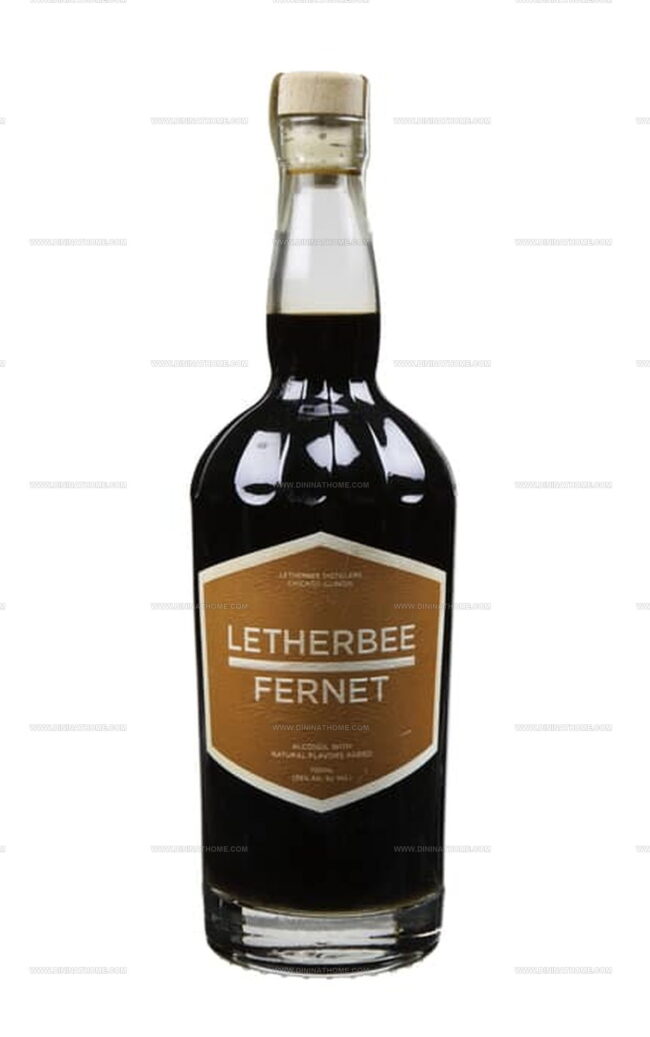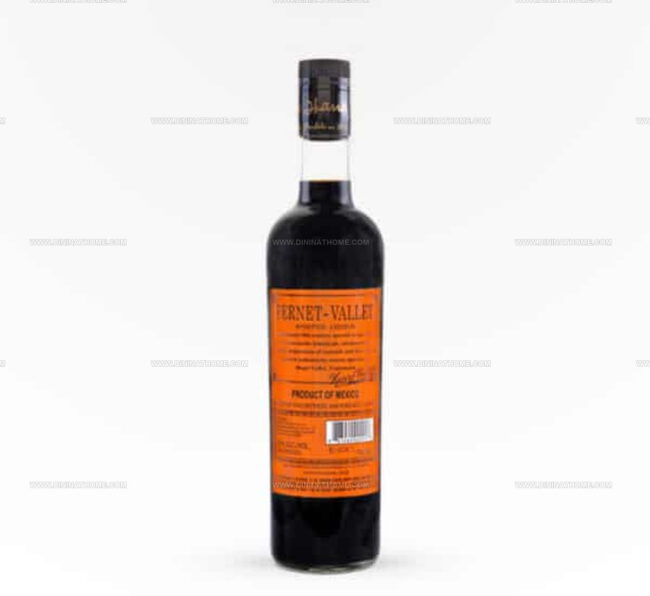3 Fernet Branca Alternatives for Mixing Cocktails
Fernet Branca substitutes can transform your cocktail experience when this distinctive Italian bitter proves elusive.
Many beverage enthusiasts face challenges finding this complex herbal liqueur in local stores or might balk at its unique flavor profile.
The good news? Alternative options exist that capture similar bitter notes and aromatic characteristics without compromising the intended taste in recipes.
These replacements often combine various botanical elements to recreate that signature bittersweet punch and medicinal quality so central to classic drinks like the Hanky Panky.
Some alternatives might even appeal more to casual drinkers who find authentic Fernet Branca overwhelming or too intense.
The market now offers creative solutions ranging from other amaro varieties to homemade concoctions that bartenders have perfected through years of experimentation.
Ready to unlock a world of flavor possibilities that might actually improve your favorite cocktail recipes?
What Is Fernet Branca?
Fernet Branca is a bold, bitter herbal liqueur from Italy that’s become famous around the world for its strong taste and unique character.
Created in Milan in 1845, Fernet Branca is still made with a closely guarded family recipe and is known as a classic Italian digestif.
This drink is packed with a mix of nearly 30 different herbs, roots, and spices, including myrrh, saffron, chamomile, aloe, and mint, which gives it a complex, layered flavor.
Fernet Branca stands out for its deep bitterness, strong herbal notes, and bold, menthol-like finish, some people love it right away, while others find it takes some getting used to.
Traditionally, Fernet Branca is sipped after a meal to help with digestion, but it’s also mixed into cocktails like the famous “Fernet and Coke” in Argentina.
Its one-of-a-kind taste makes it a popular choice with bartenders, who use it to add an herbal punch to drinks or serve it as a chilled shot.
Unlike some sweet liqueurs, Fernet Branca is less sugary, which makes it a good fit for those who like bold, dry drinks.
If you’re new to Fernet Branca, try it slowly, many people grow to love its powerful flavor over time.
Unique Spirits to Replace Fernet Branca
Fernet Branca might not be in your bar, but that doesn’t have to stop the fun. Swap in another spirit that fits the moment, and mixing stays just as enjoyable. The final pour still feels classy and complete.
Letherbee Fernet
Letherbee Fernet stands out as a pioneering craft American version of the classic Italian digestif, bringing a touch of Chicago spirit to this traditional liqueur.
The smooth, almost silky texture sets it apart from other fernets, with distinctive cardamom and spearmint notes creating a more refined taste experience.
Many bartenders appreciate how well it blends in cocktails, especially those with spicy undertones like the Kentucky Mule.
This versatile spirit also pairs surprisingly well with champagne, adding complexity to celebratory drinks.
Fernet Vallet
Fernet-Vallet stands out as a unique twist on traditional fernet, crafted in Hidalgo, Mexico since the 1860s by French ex-pat Henri Vallet.
This Mexican-made fernet remains the only variety produced in the country, setting it apart from all other ferrets worldwide.
Its distinctively bitter character and woody aroma reminiscent of cigar boxes appeals mainly to serious fernet enthusiasts.
The complex flavor profile develops slowly on the palate, rewarding those who take time to appreciate its nuances.
Casual drinkers might find its intense bitterness challenging at first, but many grow to enjoy its distinctive character after several tastings.
Fernet Francisco
Fernet Francisco emerged as San Francisco bartenders' answer to the beloved Italian digestif after years of championing Fernet-Branca throughout America.
This local version builds on a foundation of Falcon Spirits grape brandy infused with regionally grown herbs, creating a distinctively Bay Area interpretation of the classic bitter.
Powerful flavors of eucalyptus, spearmint, coffee grounds, bay leaf, and earthy soil notes make this spirit stand out among craft alternatives.
Many cocktail recipes originally calling for Fernet-Branca work beautifully with this substitute, giving drinks a uniquely San Franciscan character.
Adjusting Bitterness and Herbal Tones in Cocktails
Balancing bitterness and herbal flavors in cocktails can make your drinks smoother, more enjoyable, and tailored to your taste:
Fernet Branca Swaps: All Your Questions Covered
1. Will a substitute change the flavor profile of my drink?
Yes, Fernet Branca is known for its bold, bitter, herbal flavor. Other amari may be sweeter, less bitter, or have different herbal notes.
2. Are there non-alcoholic alternatives to Fernet Branca?
Try using a non-alcoholic amaro-style syrup, bitters and soda, or a mix of cola syrup with herbal tea for a similar complexity without alcohol.
3. Can I use Branca Menta instead of Fernet Branca?
Yes, Branca Menta is a mintier version and works in many recipes, though it adds a cooling, herbal note in place of Fernet’s bitterness.
4. What’s the best Fernet substitute for a Toronto cocktail?
Cynar or Ramazzotti are good options, but the drink will be less intensely bitter and slightly sweeter.
5. Will substitutes work in both sipping and mixing?
Absolutely, all listed amari and non-alcoholic alternatives can be sipped neat, served over ice, or mixed into cocktails.
6. Are Fernet Branca substitutes gluten-free?
Most amari are gluten-free, but always check the label or with the manufacturer for potential cross-contamination or additives.
7. Can I make a homemade Fernet substitute?
Infuse vodka or brandy with bitter herbs, spices, citrus peel, and a touch of sugar for a DIY take on Fernet-style amaro.





Emily Harper
Nutrition Consultant & Recipe Analyst
Expertise
Healthy Recipe Modification, Nutritional Analysis & Meal Planning, Global Cuisine & Dietary Adaptations
Education
School: French Pastry School, Chicago, IL
Program: L’Art de la Pâtisserie
Focus: Intensive training in traditional French pastry techniques, baking theory, and confectionery arts.
Emily’s journey started in a pastry kitchen but took a detour into the world of health and flavor science.
Graduating from the French Pastry School and studying nutrition opened her eyes to a new mission: making healthy food taste like something you’d actually crave.
At Dining At Home, Emily’s the go-to for smart, feel-good recipes that don’t trade flavor for nutrition.
She’s all about adding a fresh spin on old favorites and finding small ways to make everyday meals a little brighter.
Outside of the kitchen, Emily is most at home walking forest trails, testing plant-based recipes, or sharing a picnic under a wide-open sky.